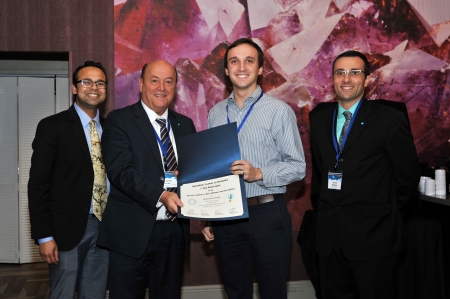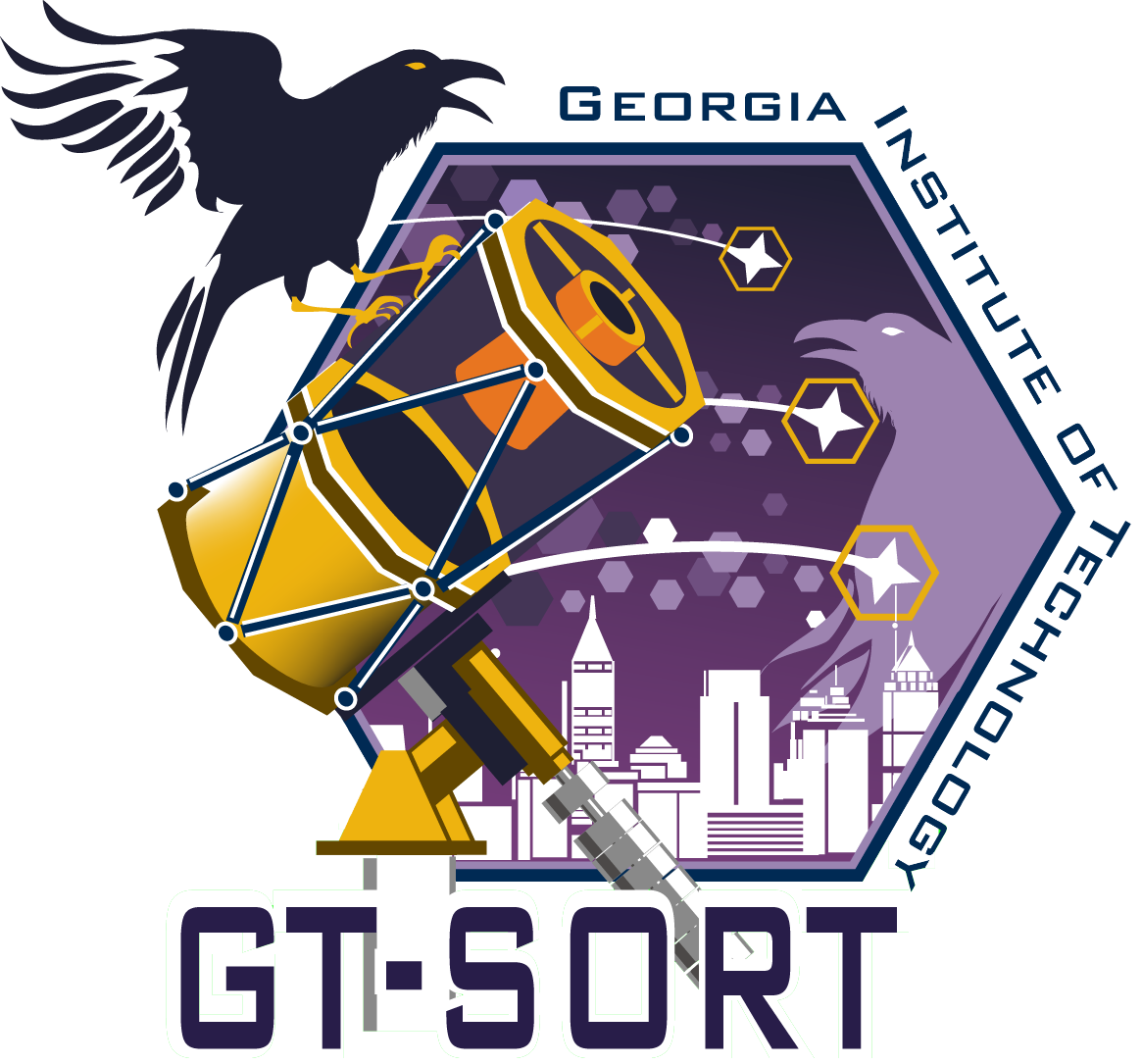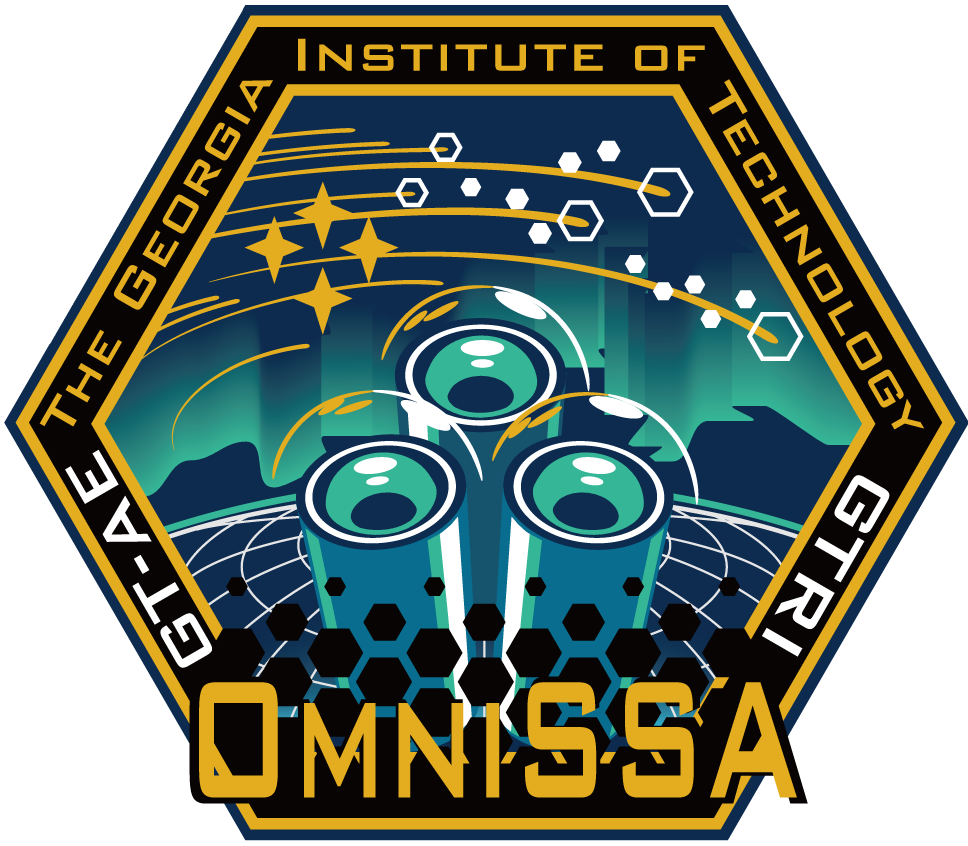Submitted by holzinger on Wed, 11/15/2017 - 12:29
Andris Jaunzemis' paper Judicial Evidential Reasoning for Decision Support Applied to Orbit Insertion Failure has received the 'Best Student Paper' award at the 1st International Conference on Space Situational Awareness (ICSSA). His work on this topic investigates how to task sensor networks resolve specific SSA hypotheses in minimum time with as little bias as possible. The novel proposed method is tested against a geo-transfer orbit anomaly resolution scenario (full abstract below). Andris' co-authors are Dr. Dev Minotra, Prof. Holzinger, Prof. Karen Feigh, Dr. Moses Chan, and Prof. Prakash Shenoy.
A more detailed story by Kathleen Moore is on the GT School of Aerospace website here.
Please join me in congratulating Andris!
Abstract
Realistic decision-making often occurs with insufficient time to gather all possible evidence before a decision must be rendered, requiring an efficient process for priori- tizing between potential action sequences. This work aims to develop a decision sup- port system for tasking sensor networks to gather evidence to resolve hypotheses in the face of ambiguous, incomplete, and uncertain evidence. Studies have shown that decision-makers demonstrate several biases in decisions involving probability judge- ment, so decision-makers must be confident that the evidence-based hypothesis reso- lution is strong and impartial before declaring an anomaly or reacting to a conjunction analysis. Providing decision-makers with the ability to estimate uncertainty and ambi- guity in knowledge has been shown to augment effectiveness. The proposed frame- work, judicial evidential reasoning (JER), frames decision-maker questions as rigor- ously testable hypotheses and employs an alternating-agent minimax optimization on belief in the null proposition. This approach values impartiality in addition to time- efficiency: an ideal action sequence gathers evidence to quickly resolve hypotheses while guarding against bias. JER applies the Dempster-Shafer theory of belief func- tions to model knowledge about hypotheses and quantify ambiguity, and adversarial optimization techniques are used to make many-hypothesis resolution computation- ally tractable. This work includes derivation and application of the JER formulation to a GTO insertion maneuver anomaly scenario.





